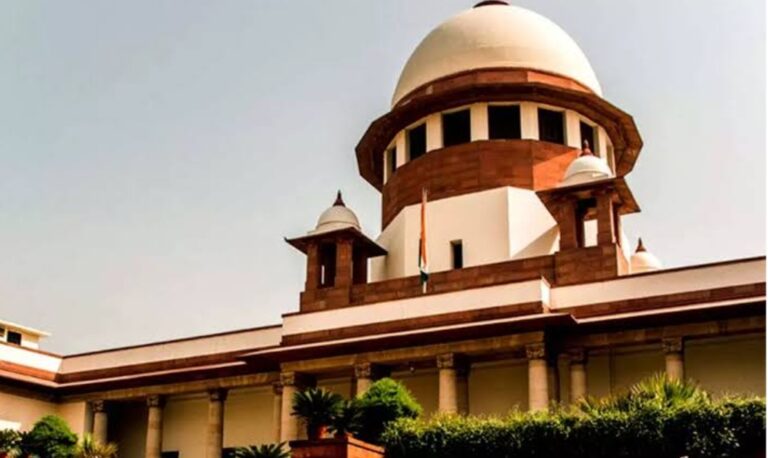The Supreme Court has delivered a split verdict on the interpretation of the limitation period for completing assessment proceedings under Section 144C of the Income Tax Act. The provision deals with the procedure for assessments involving eligible assessees, such as foreign companies or cases involving transfer pricing adjustments. The controversy revolved around whether the assessment order passed by the Assessing Officer (AO) was barred by limitation or not.
Date of Judgment: August 8, 2025
Court: Supreme Court of India
Bench: Justice B.V. Nagarathna and Justice Ujjal Bhuyan
Legal Provision: Section 144C of the Income Tax Act, 1961
Background
Section 144C provides a unique mechanism for eligible assessees by requiring the AO to first issue a Draft Assessment Order (DAO) before passing the final assessment order. If the assessee objects, the matter is referred to the Dispute Resolution Panel (DRP). Only after the DRP gives its directions can the AO pass the Final Assessment Order (FAO).
The central issue was the starting point of the limitation period for completing the assessment under Section 144C and whether the AO’s order in this case was time-barred under the statutory framework.
Key Issues
When does the limitation period start running for the AO to pass the final assessment order under Section 144C?
Does the issuance of a Draft Assessment Order suspend the normal timeline under Section 153 or extend it?
Was the final assessment order in this case passed within the permissible time frame?
Supreme Court’s Observations
🔹 Justice B.V. Nagarathna’s View (Majority View in Some Parts)
Held that strict adherence to timelines is critical to ensure procedural fairness and finality.
Observed that if the Draft Order is not issued within the timeline prescribed under Section 153, the subsequent proceedings (DRP and final order) may not revive the expired limitation.
Emphasized the need for a harmonious interpretation that balances tax administration and taxpayer rights.
🔹 Justice Ujjal Bhuyan’s View (Dissenting View)
Took a liberal approach in favor of the revenue.
Held that issuance of the Draft Order under Section 144C is a separate procedural step, and once the Draft Order is issued in time, the final assessment can be passed post DRP directions even beyond the normal period under Section 153.
Argued for a practical interpretation to avoid frustrating the objectives of transfer pricing scrutiny.
Outcome
Since the two-judge bench delivered conflicting views, the matter will now be referred to a larger bench for resolution.
Impact and Significance
The verdict affects foreign companies, MNCs, and entities in transfer pricing cases who receive draft and final orders under Section 144C.
It raises uncertainty on the validity of assessments where there is a time lag between draft and final orders.
The final word from a larger bench will be crucial in settling this question of law.
Conclusion
The split verdict of the Supreme Court reveals the complexities involved in interpreting procedural timelines under tax laws, especially in the context of international taxation and transfer pricing. Until resolved by a larger bench, litigation in similar cases is expected to continue, with varied interpretations at different judicial forums.
